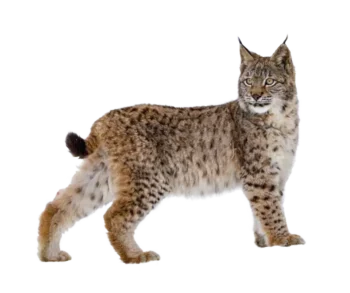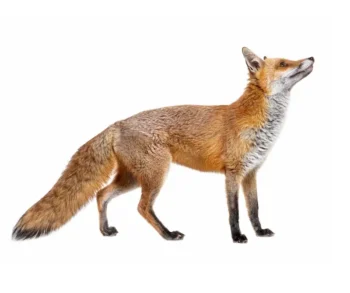Armadillos in Virginia
There are about 20 armadillo species, but the nine-banded armadillo is the only one native to the United States. The name “armadillo” comes from the Spanish word meaning “little armored one,” referring to the bony plates covering their body. When threatened, these armadillos are capable of jumping up to 5 feet high. Commonly found in the southeastern U.S., they are known for digging and burrowing, often causing damage to lawns and gardens in search of food and shelter.
Armadillo Habitat
Armadillos thrive in warm, humid climates, often inhabiting tropical and temperate forests or scrub-brush areas. As omnivores, they dig underground burrows in these areas, where they search for plants and small invertebrates on the forest floor. They may either create their own burrows or take over those of other animals like tortoises or fellow armadillos. Unable to tolerate temperatures above 85°F, armadillos don’t hibernate. Abandoned burrows often serve as homes for creatures like pine snakes, rabbits, opossums, and burrowing owls.
Armadillo Behaviors, Threats, or Dangers
Armadillos are notorious for their destructive habits, as they dig up lawns and gardens in search of shelter and insects. Their powerful digging abilities allow them to burrow beneath plants, landscaping, foundations, and driveways. This digging can destabilize tree root systems and even damage building foundations. Furthermore, armadillos have been known to carry Mycobacterium leprae, which causes leprosy, as well as tapeworms and Salmonella, which can be spread through their feces.
If armadillos are causing trouble on your property, it’s advisable to consult a wildlife control specialist for help.





